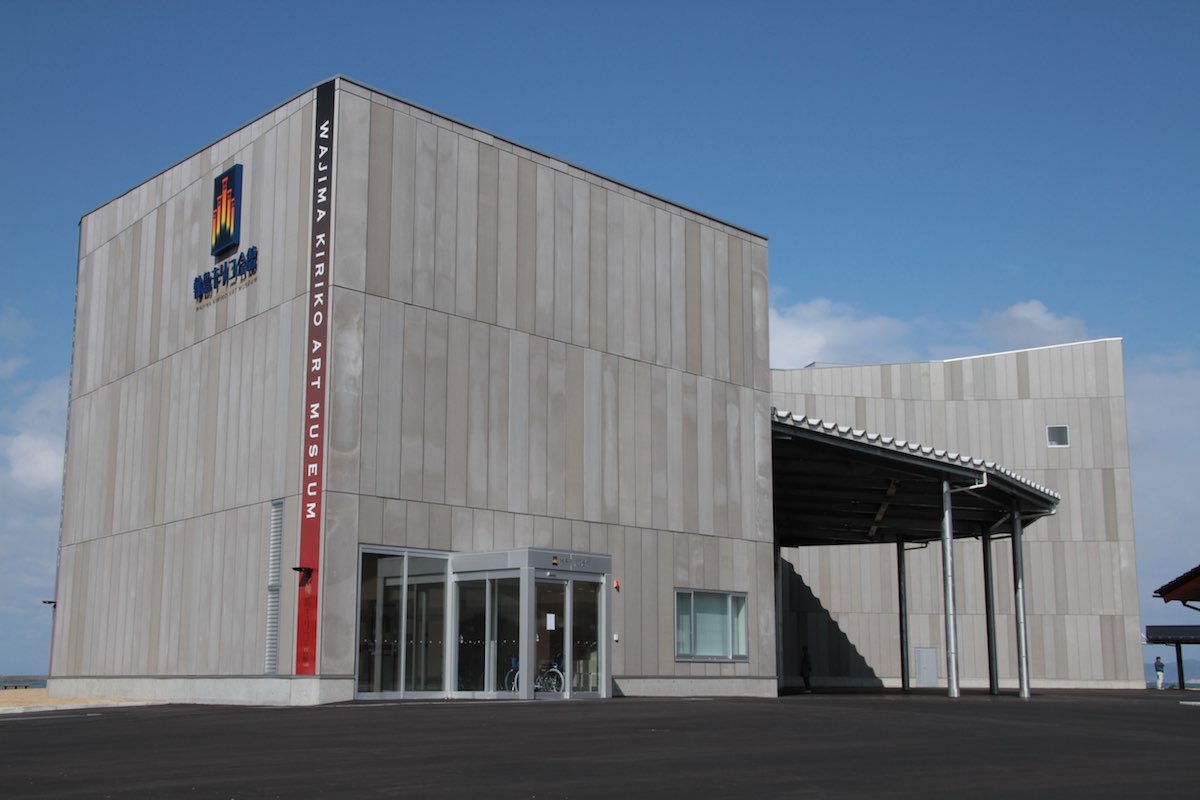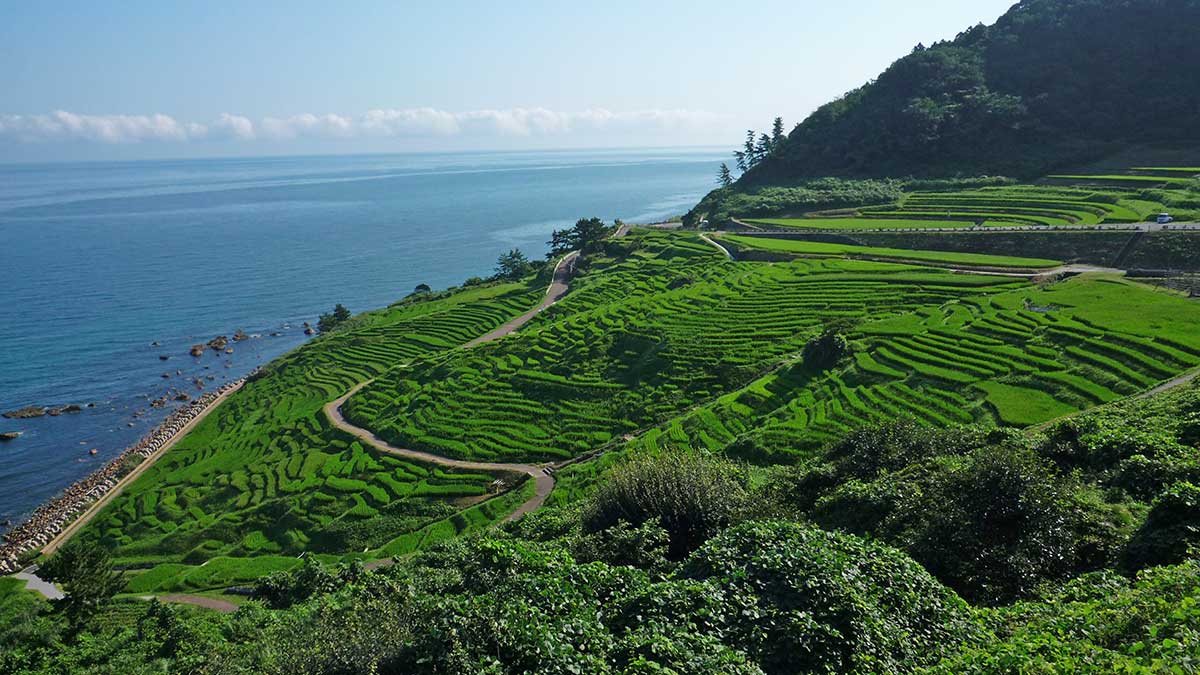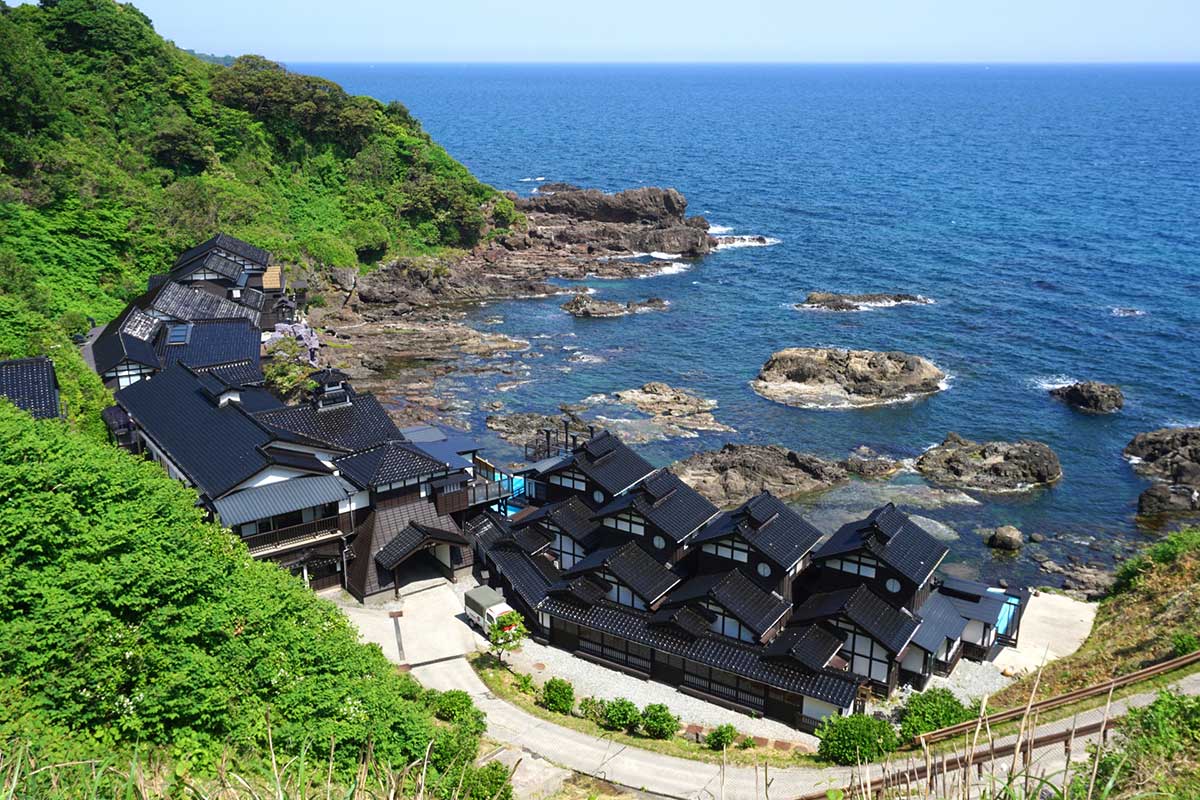Nansoh Museum of Arts
In the past, the leaders of Nansoh held an appreciation for art and tea ceremony and therefore encouraged the importation of culture. This resulted in a collection of works of art such as paintings, calligraphy, lacquer art, and metalwork principally from Japan, China, and Korea. The Nansoh family's works of art have been treasured and protected through the years, and in 2000 the Nansoh Museum of Arts was renamed to make it what it is today.
The entranceway and the edge of traditional sunken hearths can be seen from the main building. Firewood is burned in the hearths even today, creating a calm atmosphere. Antique wardrobes and other furniture allow visitors to experience the appearance of olden times. The entranceway has a breadth only found in Japanese-style homes, large enough to lean and relax on the frame. There are also special products of Okunoto for sale in one corner. Here, visitors can buy products that are unavailable anywhere else, such as Nansoh Museum Of Arts old maps and Noto natural salt. In the front garden there is a large 400-year-old pine tree that spreads out like crane feathers accompanied by a 400-year-old holly tree, and in the courtyard between the art museum and the main building there is a garden in the Kyoto style.
The Nansoh Museum Of Arts was renovated from a rice granary, and in March of 2006 the structure was designated as a tangible cultural property by the Agency for Cultural Affairs. The walls of this structure use a traditional plastering style called namakokabe.* The floors of the hallway are paved in black stones, and the profound black of the warehouse door and the white of the walls create a relaxed atmosphere. The Nansoh Museum Of Arts is a must for those interested in art and antiques, but we also recommend this spot for people who want to feel history within an ardent landscape.
*Namakokabe: A method of plastering walls where tiles are lined up and stuck to the surface of a wall and mortar is put on the seams in a semi-circular pattern. These seams are said to look like sea cucumbers, which is why the method is called namakokabe (namako = sea cucumber, kabe = wall).
- Duration
- 1.0 Hour
- Telephone Number
- 0768-32-0166
- Postal code
- 〒928-0233
- Address
-
100 Higashiono, Machinomachi, Wajima City, Ishikawa
石川県輪島市町野町東大野100 南惣美術館
- Method of payment
- Cash
- Official URL
- http://www.notohanto.co.jp/nanso/
- Business Hours
-
: 09:00~17:00
- Admisson Fee
-
JPY700 / Adult
Age 6-15: JPY 400
Group discounts available. Please check the official site for details.
Request a guide
You can get in touch with us to find additional guides who can show you around this spot.
RequestLogin is required
Sponsored Links
Reviews
No reviews yet.






